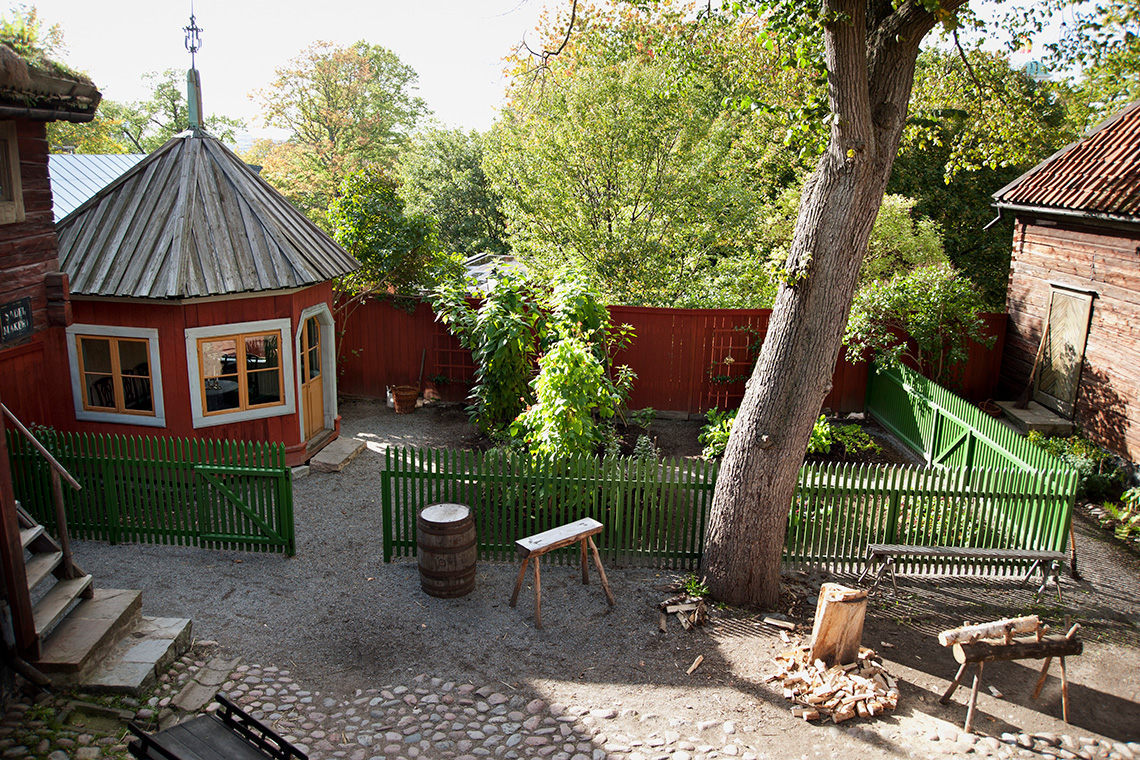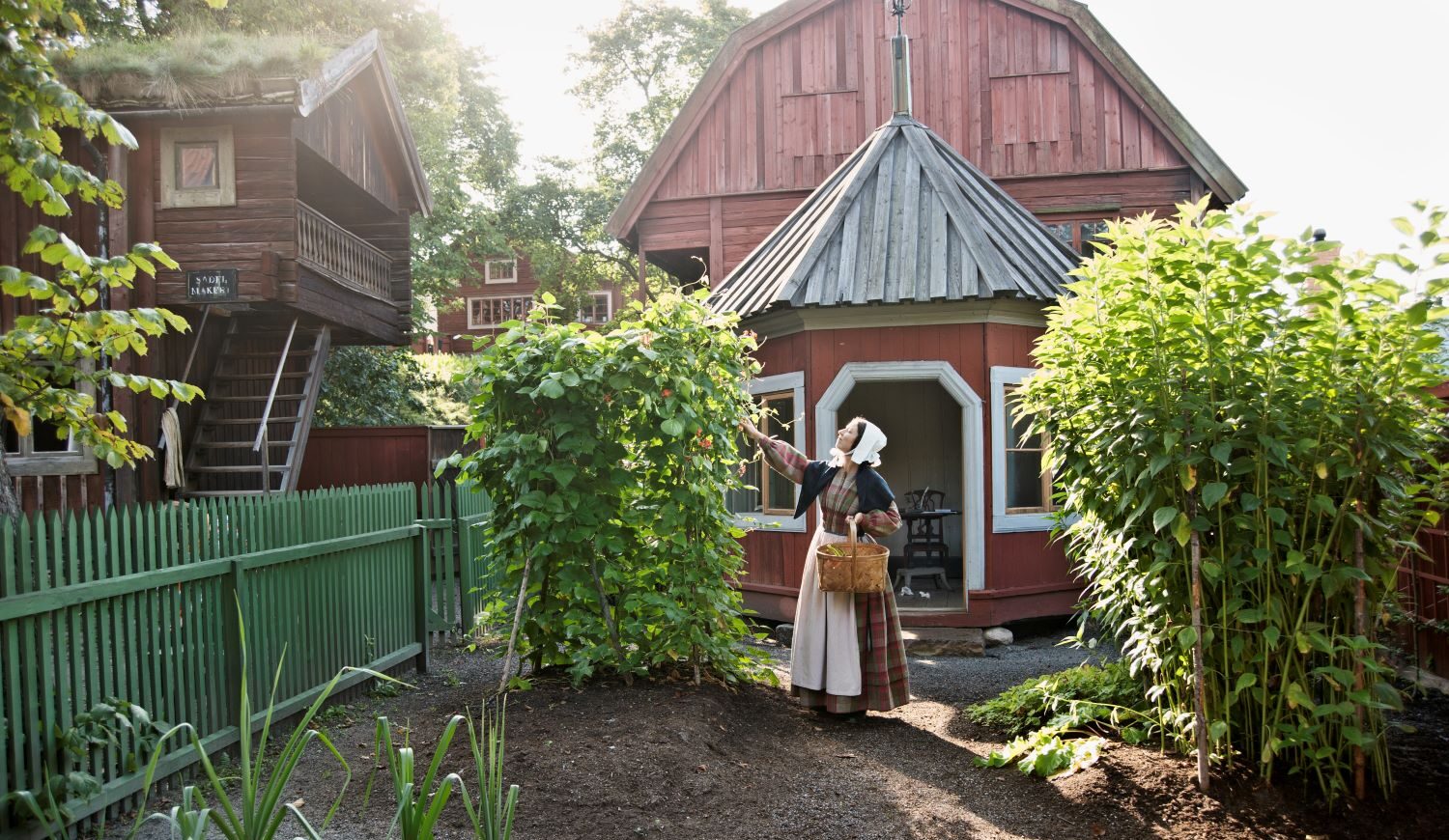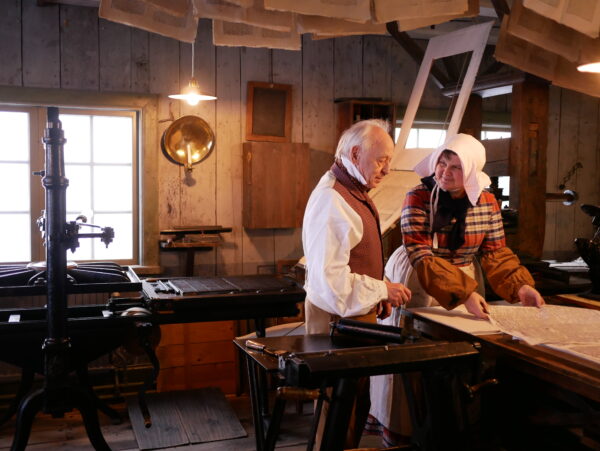Growing numbers of readers and female authors
By the 1840s, literacy had increased in Sweden and more and more people were reading fiction. Reading aloud was common in the home, often while doing other chores such as needlework or stuffing sausages.
Female writers such as Fredrika Bremer and Emilie Flygare-Carlén became increasingly popular. Bremer, who was also a women’s rights activist, used her books to criticise the fact that women did not have the same access to education as men, and that they were not allowed to develop as individuals – instead, they were “baked like buns in the same batch”.
Citizenship and life as a craftsman
In order to practise their craft or engage in trade, printers needed a permit, known as a franchise. Those who were granted a franchise were called burghers, and this involved both rights and obligations. Burghers sat on the city council, paid taxes and manned the fire service. Only men could become burghers and practise crafts. A widow could continue her late husband’s business, but if she remarried, ownership passed to her new husband.
Different professional groups were organised into guilds. Printers did not belong to a guild, but they had a similar association called the Letterpress Printers’ Society. Books, newspapers and small printed items such as visiting cards were printed at the Printer’s Workshop.





